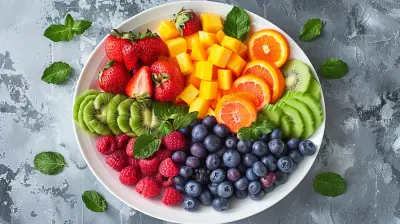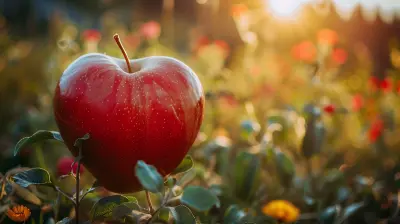Incorporating Ancient Superfoods into a Modern Diet
12 October 2025
Ever wondered how the ancient warriors stayed strong without protein shakes or synthetic vitamins? It wasn’t luck—it was their food. Long before the age of multivitamins and meal delivery apps, our ancestors were munching on nutrient-dense powerhouses we now call ancient superfoods. And the best part? Many of these foods are still around, just waiting for us to add them to our diets.
In this article, we’ll take a fun, user-friendly trip through the world of ancient superfoods—what they are, why they kicked butt thousands of years ago, and how you can fit them into your busy 21st-century life. Hungry? Let’s dig in.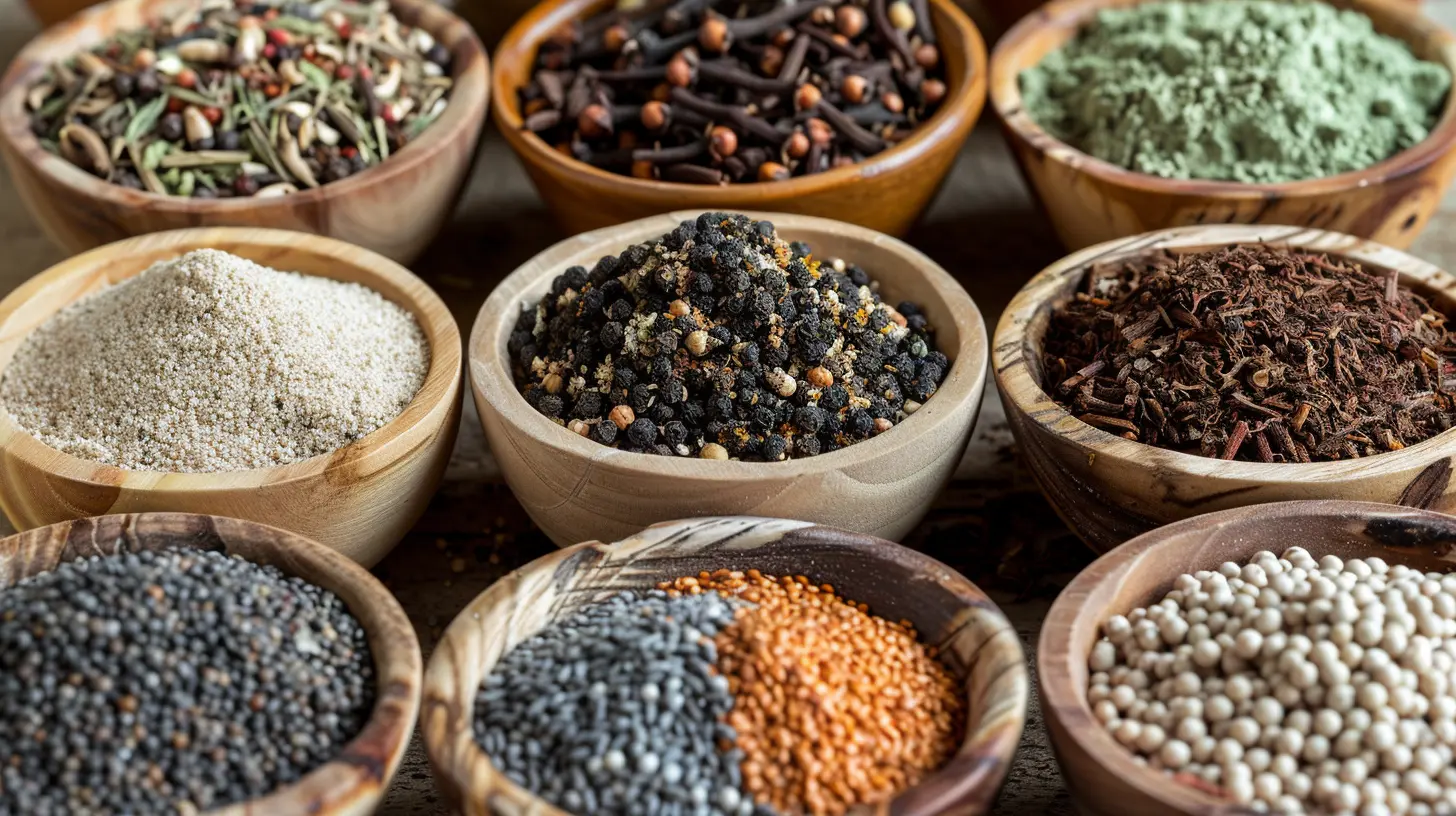
What Are Ancient Superfoods?
First off, let’s get this straight: what the heck is an ancient superfood?Think of ancient superfoods as the OGs of wellness. These are natural, unprocessed foods loaded with nutrients, antioxidants, and health benefits. And they've stood the test of time—literally. Many of them were dietary staples for cultures like the Aztecs, Greeks, Egyptians, and Chinese thousands of years ago.
From quinoa in the Andes to turmeric in India, these foods have always been celebrated for their healing properties, stamina-boosting effects, and nutrient density.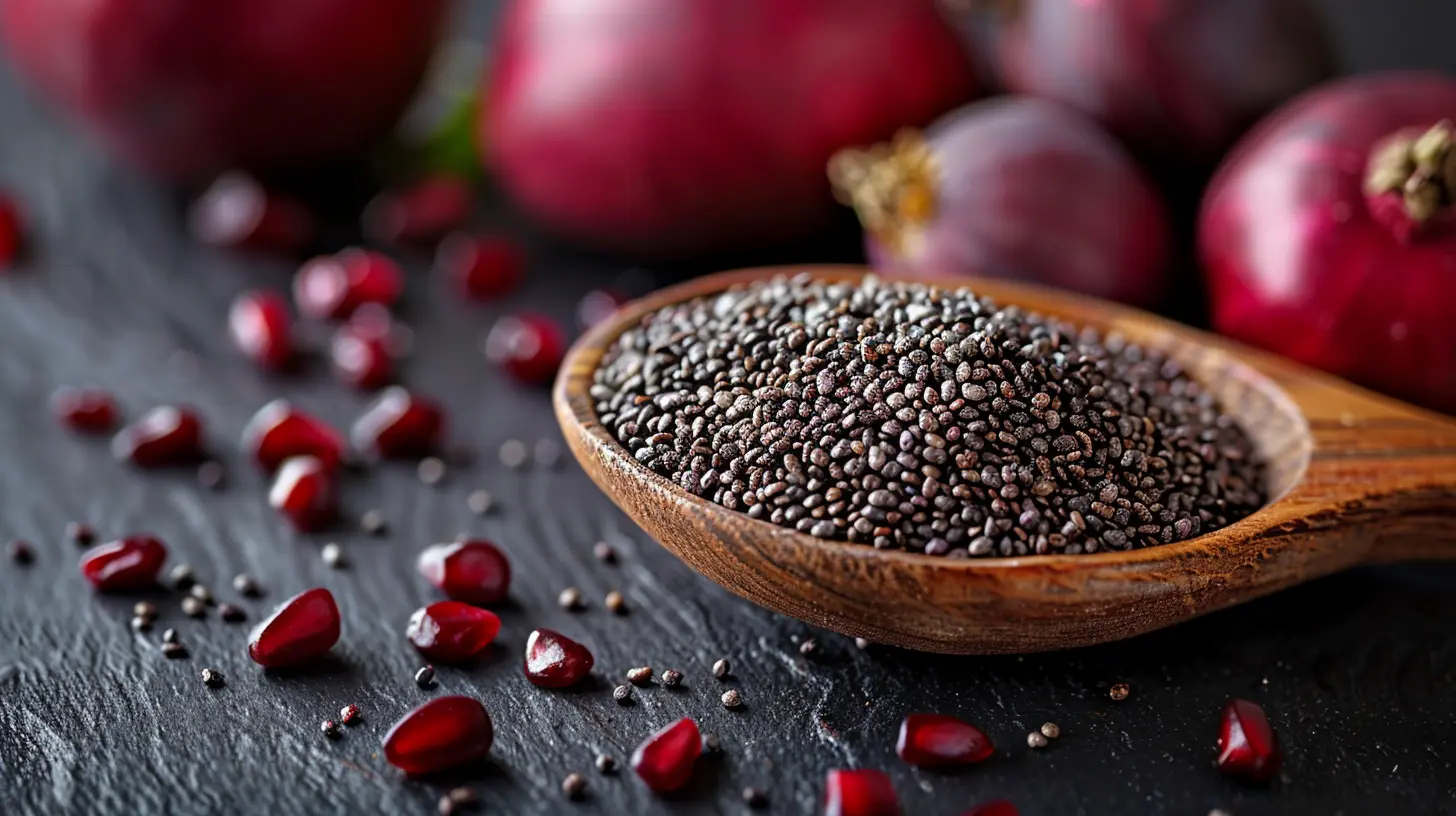
Why Should You Care About Ancient Superfoods?
With all the hype about keto, intermittent fasting, and the next hot supplement, you might be wondering—why go ancient?Well, here’s the deal:
- They're real food. Not powders, not synthetic. Just food.
- They’re nutrient-dense. You get more bang for your buck calorie-wise.
- They support holistic health. Many promote gut health, balance inflammation, and boost immunity.
- They’re sustainable. Many ancient superfoods are grown using traditional farming methods, which are often better for the planet.
So, basically, they’re old-school…but kind of genius.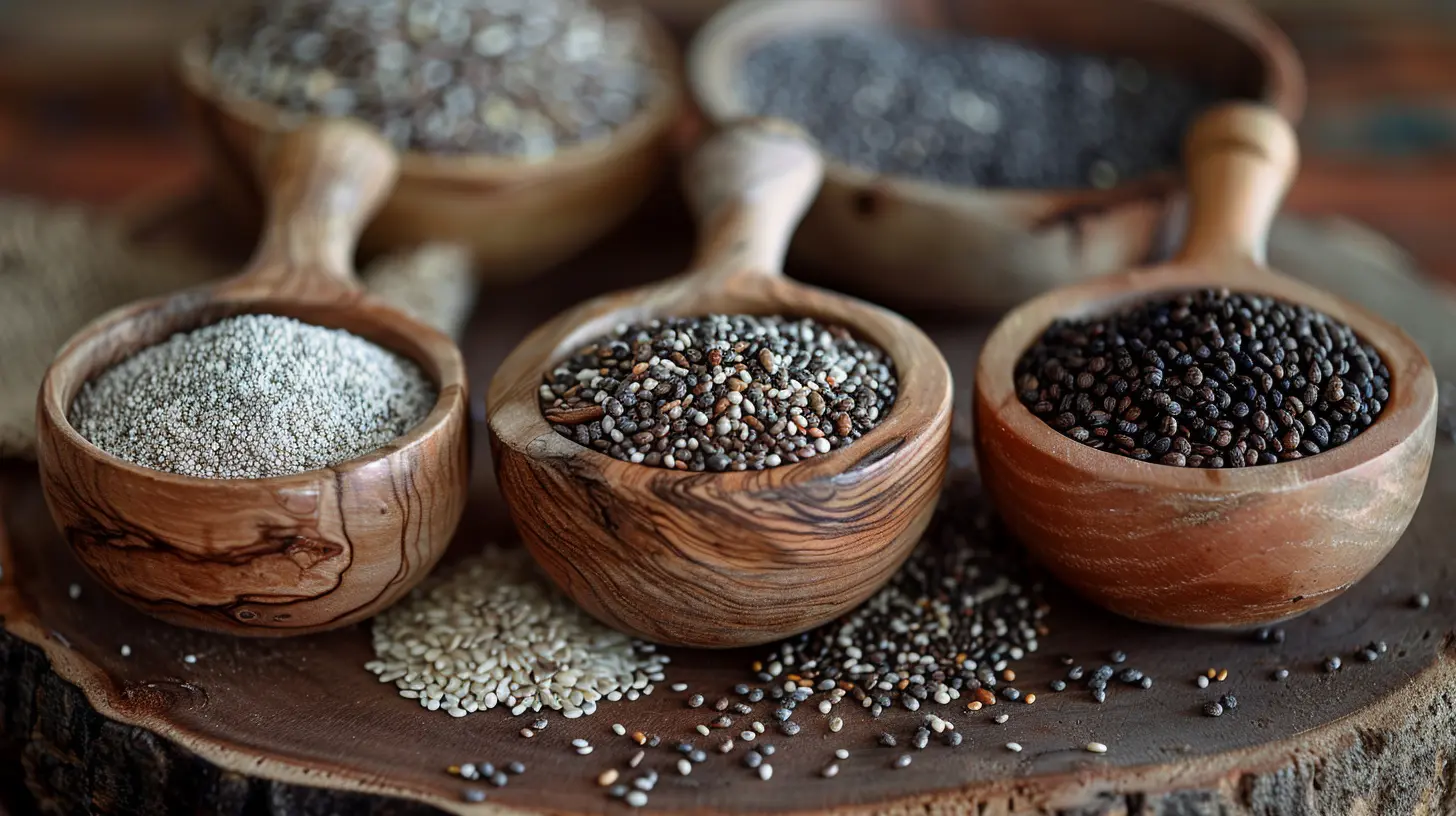
10 Ancient Superfoods You Should Totally Be Eating
Let’s dive into some of these power-packed edibles and how you can sneak them into your meals. Don’t worry, no time machine required.1. Quinoa: The Incan Gold
Once called “the mother of all grains” by the Incas, quinoa is a complete protein—meaning it has all nine essential amino acids.Why it rocks:
- High in fiber and protein
- Gluten-free
- Helps keep blood sugar stable
Modern pro tip: Use it in place of rice, toss it in salads, or make breakfast bowls with almond milk and berries.
2. Chia Seeds: Tiny but Mighty
These tiny seeds were a staple for ancient Aztecs and Mayans. Fun fact: “Chia” actually means “strength.”Why it rocks:
- Loaded with omega-3 fatty acids
- Excellent source of fiber
- Great for digestion and hydration (they expand in liquid—like magic!)
Modern pro tip: Stir them into smoothies, oatmeal, or make a killer chia pudding with coconut milk and honey.
3. Turmeric: The Golden Healer
Used in Ayurvedic medicine for centuries, turmeric is the Swiss army knife of anti-inflammatory foods.Why it rocks:
- Contains curcumin, a powerful anti-inflammatory compound
- Supports joint and brain health
- May even help improve mood
Modern pro tip: Sip on a golden milk latte, add it to roasted veggies, or blend into soups and stews.
4. Maca Root: The Energy Booster
Grown in the high Andes of Peru, maca has been used for thousands of years to enhance stamina, libido, and hormonal balance.Why it rocks:
- Adaptogen (helps your body handle stress)
- Increases energy and endurance
- Balances mood and hormones
Modern pro tip: Stir some maca powder into your morning smoothie or coffee for a natural energy kick without the crash.
5. Seaweed: The Ocean’s Multivitamin
Seaweed has been a staple in Asian diets for centuries and is basically a green vitamin-packed sheet from the sea.Why it rocks:
- Rich in iodine (supports thyroid function)
- Packed with minerals like magnesium, calcium, and iron
- Low in calories, high in nutrients
Modern pro tip: Use nori sheets for wraps, toss dried seaweed into salads, or snack on roasted seaweed chips.
6. Amaranth: The Grain That Defied the Spanish
This ancient grain was a big deal for the Aztecs. When the Spanish invaded, they tried to ban it. (Spoiler alert: it survived.)Why it rocks:
- High in protein and fiber
- Gluten-free
- Supports muscle repair and growth
Modern pro tip: Cook it like rice, pop it like popcorn, or add it to energy bars.
7. Camu Camu: Tiny Berry, Huge Punch
Grown in the Amazon rainforest, camu camu is one of the most vitamin C-rich fruits on the planet.Why it rocks:
- Immune booster
- Anti-aging antioxidant
- Supports skin health and collagen production
Modern pro tip: You’ll usually find it as a powder—add it to smoothies, yogurt, or even your morning water.
8. Fermented Foods: Ancient Gut Savers
Okay, not one single food—but a whole category! Think kimchi in Korea, sauerkraut in Germany, miso in Japan, and kefir in the Middle East.Why they rock:
- Excellent for gut flora
- Help with digestion and nutrient absorption
- Strengthen immunity
Modern pro tip: Add a spoonful of kimchi to your rice bowls or keep kefir in your fridge for a quick gut-loving drink.
9. Hemp Seeds: The Ancient Crop with a New Image
Used for food, clothing, and ropes in ancient China and Egypt, hemp is finally getting credit as a plant-based protein superstar.Why it rocks:
- Rich in omega-3 and -6 fatty acids
- 10g of protein per 3 tablespoons
- Full of fiber and healthy fats
Modern pro tip: Sprinkle on cereal or toast, blend into smoothies, or stir into pancake batter.
10. Raw Honey: Nature’s Sweet Medicine
Used by the ancient Egyptians and Greeks for medicine and food, raw honey is more than just a sweet treat.Why it rocks:
- Natural antibacterial and antifungal properties
- Supports wound healing and digestion
- Soothes sore throats and coughs
Modern pro tip: Drizzle it on yogurt, tea, toast, or eat a spoonful when you’re feeling under the weather.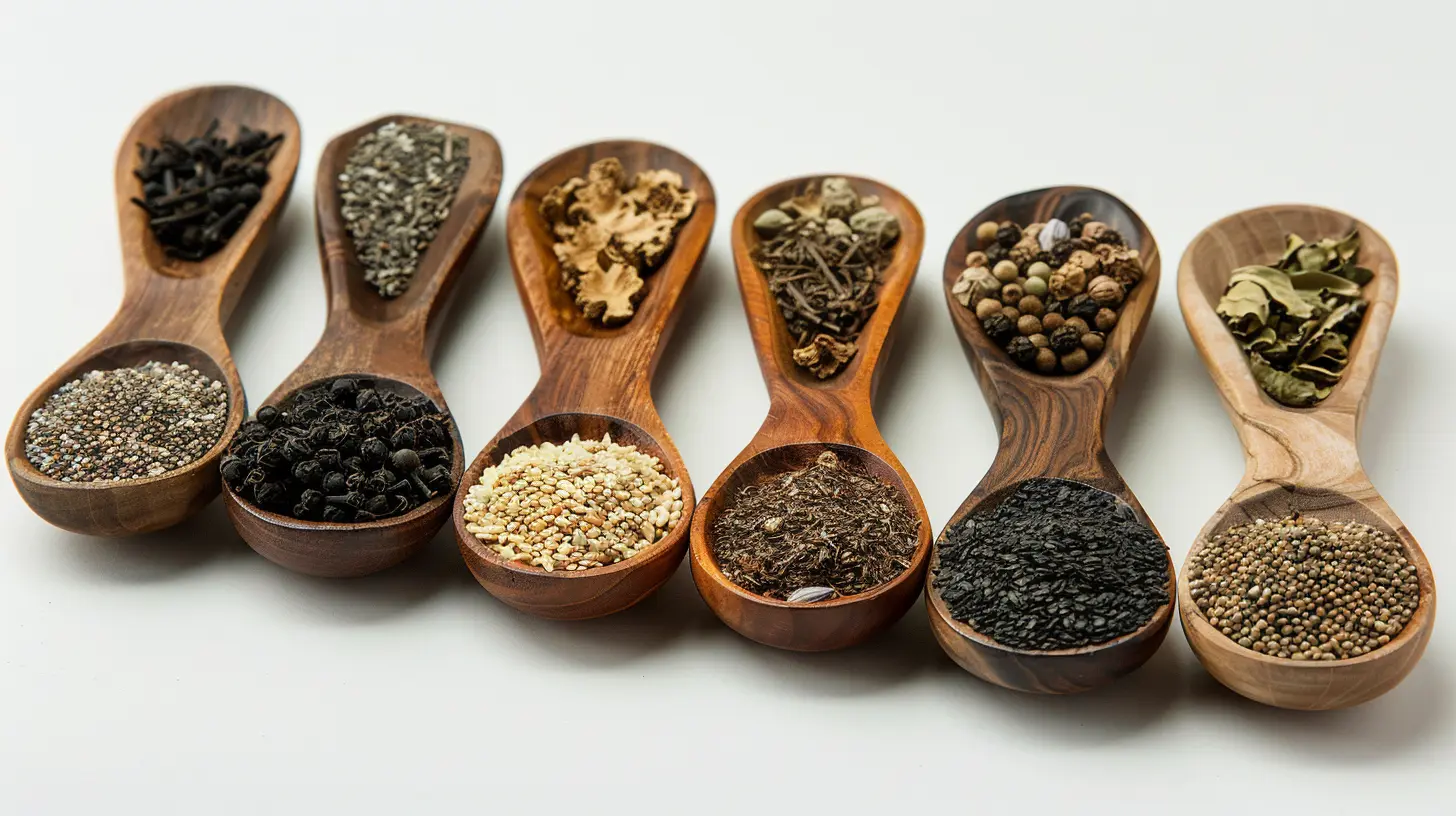
How to Integrate Ancient Superfoods without Overwhelm
Let’s face it—no one’s got time to become a full-time herbalist or ancient-food historian. So here are a few simple tips for bringing ancient superfoods into your normal day-to-day routine:1. Start Small
Pick one or two superfoods to begin with. You don’t have to revamp your whole pantry overnight.2. Upgrade What You’re Already Eating
Love oatmeal in the morning? Stir in some chia seeds or maca powder. Big into smoothies? Add some camu camu or hemp seeds.3. Supplement Strategically
Sure, whole foods are best—but if you’re short on time, try supplements like turmeric capsules or powdered roots.4. Do a Weekly Superfood Swap
Swap out conventional grains for quinoa or amaranth once a week or use raw honey in place of sugar.The Bottom Line: Old-School Nutrition Meets New-School Vibes
You don’t need to live off the land or churn your own butter to benefit from ancient superfoods. You just need to be intentional. These foods have been nourishing civilizations for millennia—and they’ve still got a place on our plates today.So whether you’re trying to boost your energy, balance your hormones, or just eat a little healthier, there’s probably an ancient superfood that can help. Think of them as nutritional time travelers—still relevant, still powerful, and totally ready to join your modern meal plan.
Start small, stay curious, and most importantly—have fun with it. Because food should nourish your soul as much as your body.
all images in this post were generated using AI tools
Category:
SuperfoodsAuthor:

Tiffany Foster
Discussion
rate this article
1 comments
Max Fry
Who knew our ancestors were the original health gurus? Let’s sprinkle some ancient superfoods into our smoothies and embrace the wisdom of the ages! Remember, if it worked for them, it’s worth a try for us!
October 23, 2025 at 3:59 AM

